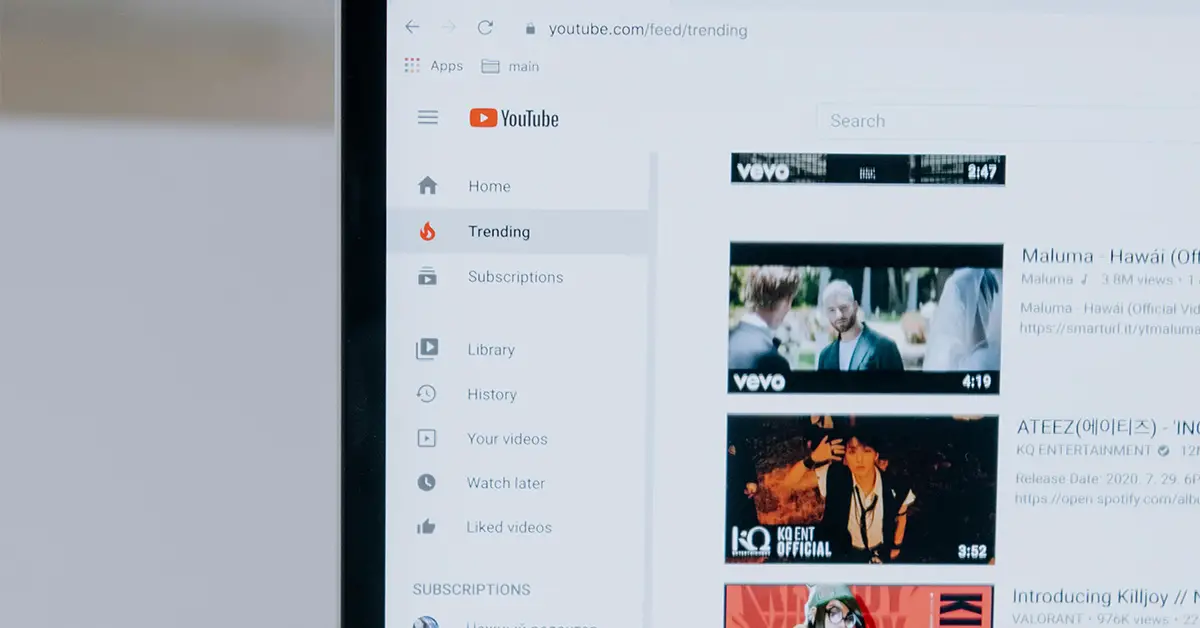Well, it is possible to post links in YouTube comments. However, YouTube has certain policies and guidelines regarding links in comments to prevent spam or potentially harmful content. YouTube’s algorithms may also automatically flag or filter out certain links to ensure the safety and quality of the platform.
Can You Post Links in YouTube Comments?
Yes, you can post links in YouTube comments. However, the ability to post links may be restricted based on various factors such as the channel’s settings, the user’s account status, or community guidelines. YouTube has implemented certain measures to prevent the misuse of links and potential spamming. Posting links in YouTube comments can be beneficial in certain situations, such as:
- Sharing Relevant Resources: Users can share links to relevant articles, websites, or supporting material that add value to the discussion or provide additional information.
- Promoting Collaborations: Creators can share links to their other videos, playlists, or channels to encourage viewers to explore more of their content.
- Providing References: Viewers can share links to external sources or references that support their comments or provide further context to the discussion.
It’s important to note that links in YouTube comments are generally not clickable and need to be copied and pasted into a browser to access the linked content.
YouTube Comment Guidelines
When it comes to leaving comments on YouTube, it’s essential to follow the platform’s guidelines to ensure a positive and respectful environment for everyone. Here are some key points to keep in mind:
Understanding YouTube’s Comment Policy
YouTube has strict guidelines in place to manage comments effectively and maintain a safe community for users. The platform prohibits certain types of content, including spam, hate speech, harassment, and misleading information. It’s important to familiarize yourself with these policies to avoid any violations.
It’s also worth noting that YouTube constantly updates its policies to adapt to changing trends and user behavior. So it’s a good idea to stay informed about any recent policy changes to ensure your comments comply with the platform’s guidelines.
Types of Links that are Allowed in YouTube Comments
YouTube allows links in comments, but there are certain restrictions in place. Here are a few guidelines to follow:
- Relevant and Non-Spammy: If you want to include a link in your comment, make sure it is relevant to the video or discussion. Irrelevant or spammy links may be flagged by the YouTube algorithm or reported by other users.
- Non-Harmful and Non-Malicious: Links that lead to harmful or malicious content, such as viruses or phishing websites, are not allowed. Make sure the link you share is safe and trustworthy.
- Context and Description: When including a link, provide some context or a brief description of what users can expect if they click on it. This can help other users decide whether they want to follow the link or not.
The Purpose of Including Links in Comments
- Sharing Additional Information: Links can be a great way to provide more context or resources related to the video or comment you’re leaving. Whether it’s an article, a study, or another video, providing a link can enhance the conversation and give viewers more to explore.
- Promoting Your Content: If you have a YouTube channel or a website with relevant content, including a link can help drive traffic and promote your work. However, it’s important to be genuine and avoid excessive self-promotion, as this can be seen as spammy and may harm your reputation.
- Supporting Your Comment: Sometimes, you may want to back up your comment with credible sources or references. Including links to authoritative websites or studies can add credibility to your statement and encourage further discussion.
Recommended Practices for Using Links in YouTube Comments
To ensure that your use of links in YouTube comments is well-received and aligns with community guidelines, here are some recommended practices to follow:
- Be Relevant: Make sure the link you’re providing is directly related to the video or comment you’re leaving. Irrelevant or unrelated links may be seen as spam and could potentially be removed.
- Be Transparent: Clearly indicate what the link leads to and provide a brief explanation of why you’re sharing it. This helps viewers make an informed decision about whether to click on the link.
- Be Respectful: Avoid using links to promote offensive, misleading, or inappropriate content. Respect the community guidelines and promote positive and constructive discussions.
- Use Shortened URLs: Consider using URL shorteners like Bitly or TinyURL to make your links cleaner and more user-friendly. Long URLs can be visually overwhelming and may deter viewers from clicking on them.
By following these recommended practices, you can use links effectively in YouTube comments and enhance the overall discussion and engagement around the videos you watch and comment on. Remember to always be mindful of the platform’s guidelines and community standards to maintain a positive and respectful online environment.
Exceptions to the Link Policy of YouTube
While links are generally not allowed in YouTube comments, there are a few exceptions to this policy. Here are some cases where links may be permitted:
- Verified Websites: If you have a verified website associated with your YouTube channel, you may be able to include links to your own content in the comments.
- Approved Collaborations: If you are collaborating with another YouTuber or a brand and have received permission to share a link, it may be allowed in the comments.
It’s important to note that even in these exceptional cases, the link should be relevant to the video and add value to the discussion. YouTube’s main priority is to ensure a safe and enjoyable experience for all users, and the link policy is in place to support this goal.
Alternative Ways to Share Links on YouTube
While it is not possible to directly post clickable links in YouTube comments, there are alternative ways to share links with your audience. Here are some effective methods:
- Mention the Link: You can simply mention the link in your comment without including the full URL. For example, instead of writing “Check out my website at www.example.com,” you can write “Check out my website at example dot com.” This allows users to manually type the link into their browser if they are interested.
- Use Link Shorteners: Link shortening services like Bitly or TinyURL can help you create shorter and more manageable links. These shortened links can be easily included in your comments and are easier for viewers to type.
- Channel Description: Utilize the description section of your YouTube channel to include links to your website or other relevant content. This way, viewers can easily access your links by visiting your channel page.
Conclusion
In conclusion, the ability to post links in YouTube comments is not a feature available to all users. YouTube has implemented restrictions on posting links in comments to prevent spam and malicious content. So, you should check YouTube’s official documentation and guidelines for the most accurate and up-to-date information regarding the ability to post links in comments.
References:

